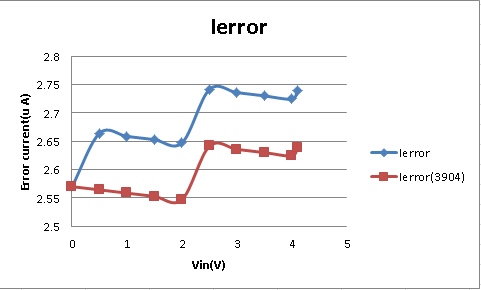I'm looking to implement a low-power 2-wire current loop where my signal current will range about 250uA to 450uA (not 4-20mA) using the XTR116.
The data sheet seems to say the xtr116 can do this under these conditions:
xtr116 quiescent current + Iret < 250uA,
Iin*100 > xtr116 quiescent current + Iret
Is that right? Comments?
Also, with Io < 450uA and V+ - V(Io) < 24V, is it necessary to use an external transistor Q1? (power dissipation of the part will be less than 0.01W) Comments?
My lab tests look good so far. On thing I noticed was not having the external transistor Q1 seemed to improve accuracy by a couple of uA, at least towards the low end of my scale. Comments?
This application is a departure from 4-20 mA but the linear range spec is listed as 250uA to 25mA and I can't find anything else in the spec's which indicates I can't do this. Comments?
Thank you!



